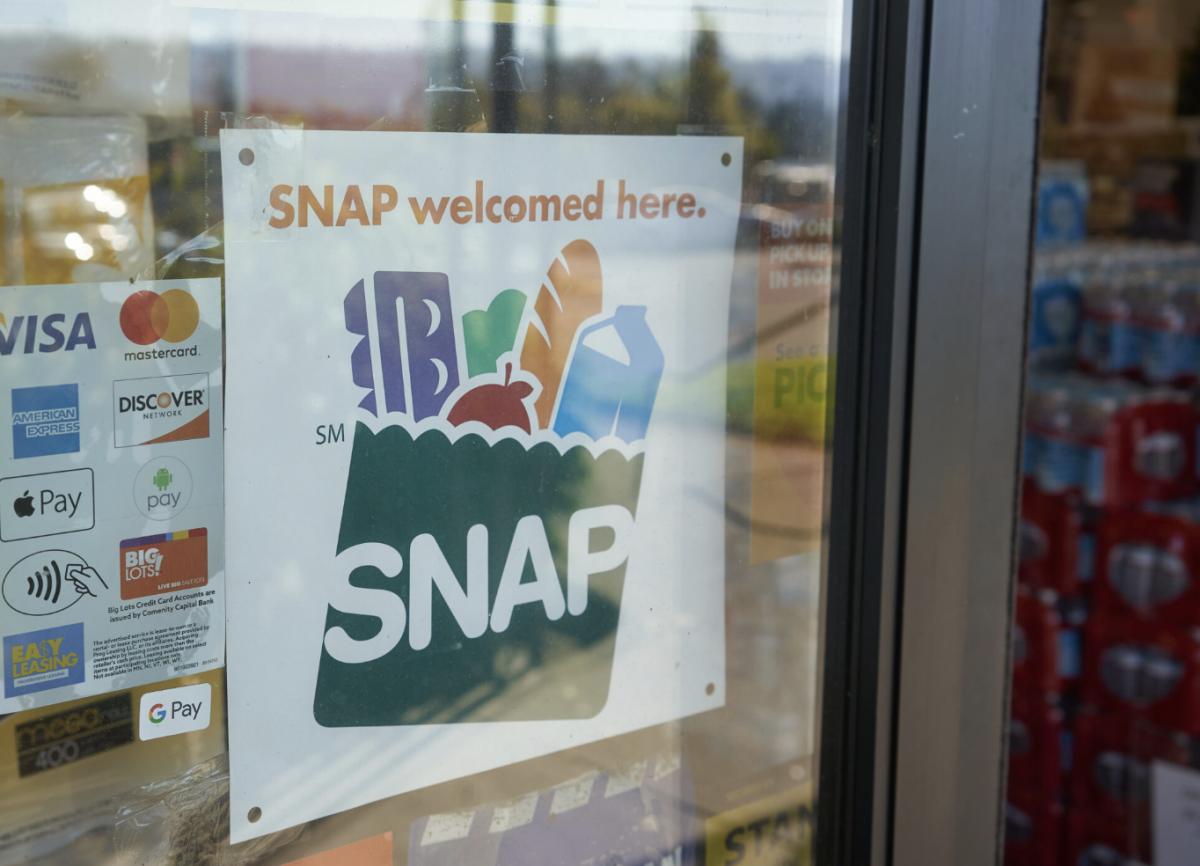With the federal health emergency nearing its end in mid-May, low-income Marylanders are still struggling with food insecurity and the costs of everyday household items, according to a statewide hunger-relief non-profit.
“Between inflation and the end of government pandemic emergency aid, the need for food assistance in Maryland remains high as the rates of food affordability, financial hardship, and food insufficiency continue to trend upward across all income groups,” according to a press release from the Maryland Food Bank.
According to the Maryland Food Bank, 36% of Maryland families surveyed reported that their children were sometimes not eating enough due to the cost of food, which is 12% higher than the previous month. This data comes from an analysis of the Household Pulse Survey data from the U.S. Census as of April 19.
Food insufficiencies have risen drastically among low-income and struggling families. Between March and April, the percent of families with incomes between $35,000 to $50,000 that reported struggling with food insecurity increased from 33% to 56%.
Similarly, the share of families earning between $50,000 to $70,000 experiencing food insecurity increased from 6% in March to 26% in April.
In addition, the percent of Marylanders reporting financial hardship, meaning the ability to pay for usual household expenses, has gone up from 36% in March to 38% in April, according to the Maryland Food Bank analysis.
“For so much of the last three years, Marylanders were able to rely on emergency aid from the government to get through the pandemic, but now that those programs have expired and costs for everything continue to rise, we’re seeing the true prevalence of hunger in our state,” Carmen Del Guercio, president and CEO of Maryland Food Bank, said in a written statement.
The press release points to the end of a temporary boost for people using Supplemental Nutrition Assistance Program (SNAP benefits), as a factor for continuing food insecurity and unaffordability.
According to the U.S. Department of Agriculture’s Food and Nutrition Service, people using SNAP benefits, also known as food stamps, received additional support throughout the COVID pandemic. But those emergency allotments ended in February, even as inflation remains a concern for the country.
On April 18, Gov. Wes Moore (D) announced that the Maryland Department of Agriculture received $6.1 million through a federal grant to distribute out to food banks, with the goal of providing fresh food from local Maryland farmers to those in need, WTOP reported.
Michael J. Wilson, director of Maryland Hunger Solutions, thinks that there are additional ways to help low-income Marylanders get affordable food.
“I think that is helpful. It’s a step in the right direction,” Wilson said. “I think what we really need to do is look at the opportunity to do more on the supplemental benefits. Maryland provides a supplemental benefit for some SNAP recipients… we need to make sure we can put dollars on people’s SNAP cards, because that will give them the choice and the ability to buy more food, and that will also help our entire food system.”
By Danielle J. Brown



James Horton says
I think that is good to a extent but not really solving the problem. Well sometimes you get food from pantry’s a lot is not good to eat or unhealthy so that 6.1 million the feds give to Md to get food from farmers etc.I think could be better if put in snap benefits so lower income people could get food they need and not make the 6.1 millions to be money to throw around to make politician feel good . Give the money straight to the people that need it.